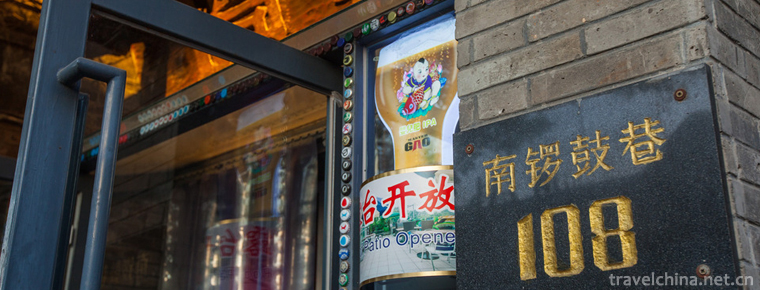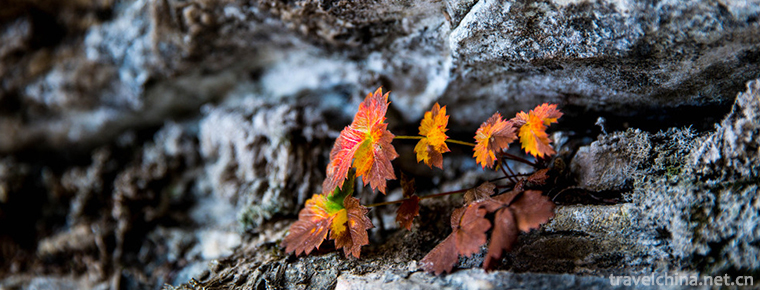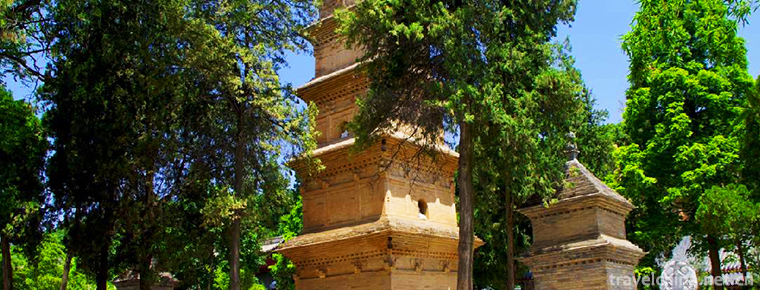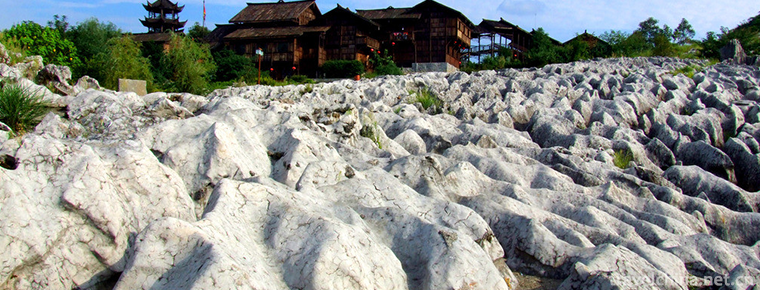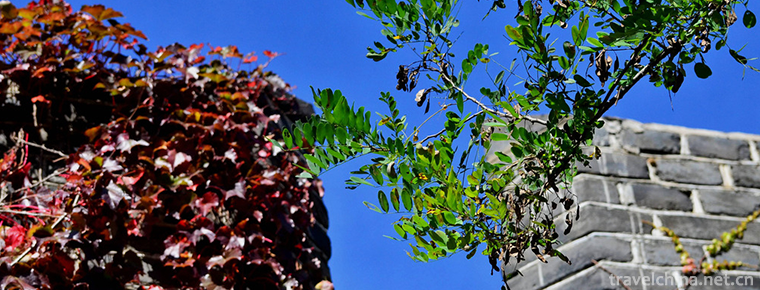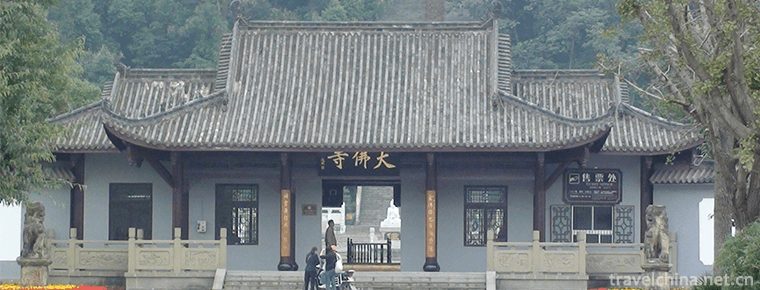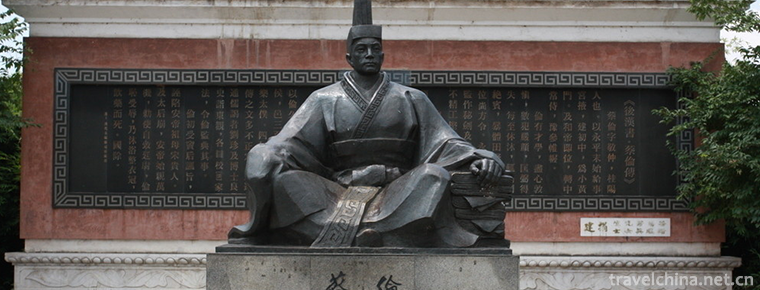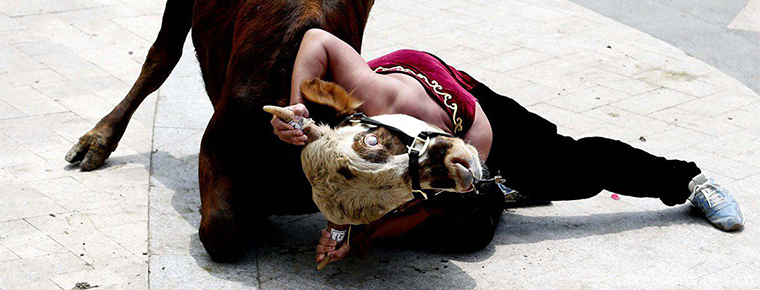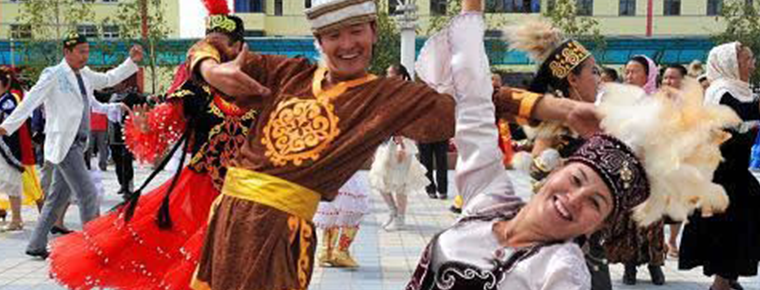Suzhou opera
Suzhou opera
Spring spread (Hangzhou Spring spread, Shaoxing Spring spread), which originated in the mid-Qing Dynasty, belongs to the category of songs.
On June 7, 2008, Hangzhou and Shaoxing City of Zhejiang Province jointly declared "Spring Spring Spring Spring Packing" which was approved by the State Council to be included in the second batch of national intangible cultural heritage list.
historical origin
Local operas were popular in Jiangsu and Zhejiang in Qing Dynasty. Rising in the Qianlong period, it was called Tanhuangdiao, which was originally a sitting and singing form of endorsement. After Daoguang, Kunqu Opera declined gradually and Tanhuang began to transplant Kunqu Folk Opera in sitting form, which was included in Baiqiu. Each fold was divided into four or five sections. Following the Kunqu Opera, it used a simple and complicated voice, singing loud songs like drums, euphemistically like ballads, and dragging tones like Kunqu Opera. It was a popular singing method of Kunqu Opera, known as Qiantan. Another folk song minor singing, with funny repertoire, known as Houtan.
By the end of the Qing Dynasty and the beginning of the Republic of China, small operas had flourished, and Tanhuang in various places had followed the traditional opera form and put on stage in make-up. With the increase of roles and the need of performance, tunes and music have gradually evolved, forming various local operas of Tanhuang Opera System, such as Su Opera, Yong Opera, Xiju Opera, Shanghai Opera, etc.
artistic characteristics
artistic form
Its basic artistic features are singing, talking and singing, and mainly sitting and singing opera with a prominent voice. Traditional repertoire usually consists of five to seven actors, who play the roles of Sheng Sheng, Dan, Jing and Ugly. They play three strings, pipa, Huqin and other instruments, and sing by themselves. One person plays one or more corners and uses simulated expressions and actions to depict characters and narrate stories. "Zhejiang intangible cultural heritage representative works series: Hangzhou Spring Spring" is one of the series of Zhejiang Intangible Cultural Heritage Representative works. It introduces in detail the historical origin, development status, inheritance context and development prospects of Hangzhou Spring Spring Spring Spring as a local folk art.
Epidemic areas
Spring springs are beach springs. A folk art popular in Suzhou, Shanghai, Hangzhou and Ningbo. The stall leads to the beach. Li Dou of the Qing Dynasty wrote "Records of Yangzhou Paintings by Hongqiao": "The first priority is the solo singing, followed by the ten drums, such as gongs and drums, instant collision, ditties, springs, dialogue and commentary, all of which are of great help." See Beach Spring.
Schools
Haining School, commonly known as "Haining Spring Spring Spring". Haining Spring Spring Shopping is a kind of folk music with short and concise form, lively singing and popular among the masses.
Haining Tan-huang is a self-taught and self-singing style of music performance with dialectal slang, band accompaniment and the role of general band performers and singers. The traditional music cards of Haining Spring Shop are "Dongxiang Diao" and "Appreciating Palace Flowers". The traditional songs include "Jade Dragonfly", "Little Nun Down Mountain", "The Story of the Western Chamber" and "Selling Grass and Rattan". Haining Spring Shop is often performed in the ceremony of family wedding, birthday celebration, house building, silkworm rearing, fertility and other traditional festivals, temple fairs and other folk activities. These ceremonies and activities often invite theatres, choirs, Taoist societies, shadow plays and Sao Zi Shu to sing. While performing the original play, Haining Tan-huang has the function of gathering excitement and adjusting the atmosphere along with the interluding of the main events.
As a traditional folk art, Haining Spring Shop absorbs and improves Shanghai Spring Shop, which is widely spread in Dingqiao and Qingyun of Haining. At present, in Dingqiao Town's choir or Taoist team's singing, still interspersed with the singing of Haining Spring, and injected new era content into the singing.
Inheritance Significance
Spring-spreading reflects the entertainment and cultural elements of the masses in a specific era, and has a high value in the study of folk art.
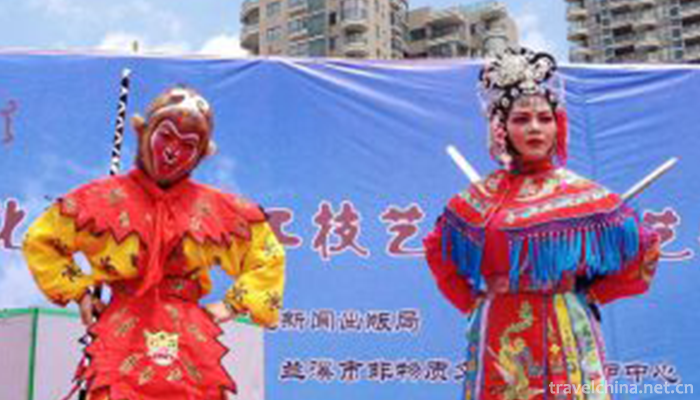
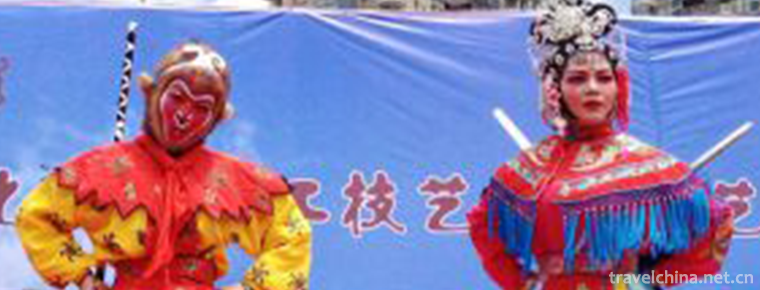
Suzhou opera
-
Lake Manasarovar
Ma Pang yongcuo is 35 kilometers east of the town of Pu Lan county
Views: 194 Time 2018-10-12 -
Baishishan Scenic Area Baoding City Hebei Province
Baishishan Scenic Area, also known as Baishishan National Geological Park, is called "Xiaohuangshan" because its scenery resembles the Huangshan Mountain in Anhui Province.
Views: 297 Time 2018-11-24 -
Kowloon Lake Resort
Guangzhou Jiulong Lake Resort is a national AAAA-level tourist attraction with an area of 25,000 mu. The resort takes natural landscape as its broad carrier and family vacation as its leading function
Views: 185 Time 2018-12-22 -
Pagoda of Xing Jiao Temple
Hingjiao Temple Pagoda is located in the original Hingjiao Temple of Shaoling, Chang'an District, Xi'an Province, Shaanxi Province. It is a famous figure in the history of Buddhist communication
Views: 138 Time 2018-12-24 -
Xingwen sea
Xingwenshihai is located in Xingwen County, Yibin City, Sichuan Province. It is located in the transition zone between Sichuan Basin and Yunnan-Guizhou Plateau. Its total area is about 156 square kilo
Views: 269 Time 2018-12-24 -
Hushan Great Wall
Hushan Great Wall is situated on the Yalu River, 15 kilometers east of Dandong City. It is an important scenic spot in the national Yalu River scenic spot. It is across the river from Korea's Yuchidao
Views: 137 Time 2019-01-16 -
Big Buddha Cultural Tourist Area in Zigong Rong County
The Dafo Cultural Tourist Area of Zigong Rong County was opened to the outside world in 1982. It covers an area of 32,470 square meters and has a building area of 3,403 square meters. There are a wide
Views: 216 Time 2019-03-22 -
Cai Luns Paper making Legend
Cailun Paper-making Stories and Legends are legends circulated in Cailun's fiefdoms, burial sites and experimental sites of Yangxian Longting and surrounding areas.
Views: 255 Time 2019-04-04 -
Bullfight
Bull-wrestling is a traditional competitive sport of the Hui people. It means throwing, wrestling and throwing. It can also be called bullfighting of the Hui people.
Views: 122 Time 2019-05-01 -
Kazakh Karakol Leha
On May 23, 2011, Kazakh Karakol Kazakh was listed in the third batch of national intangible cultural heritage list with the approval of the State Council.
Views: 317 Time 2019-05-02 -
Social undertakings in Guangyuan
By the end of 2017, there were 751 schools at all levels and types in Guangyuan City (excluding primary and primary school teaching sites), with 380700 students and 26800 full-time teachers. Among them, there are 3 universities with 21500 students and
Views: 324 Time 2020-12-15
